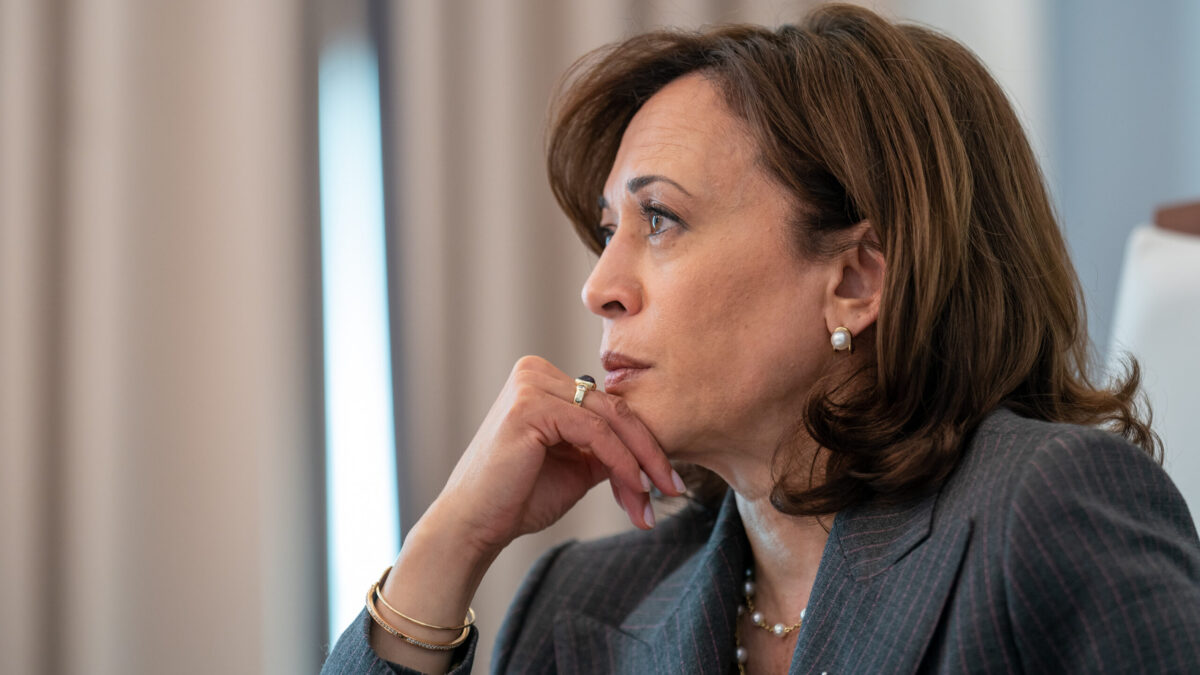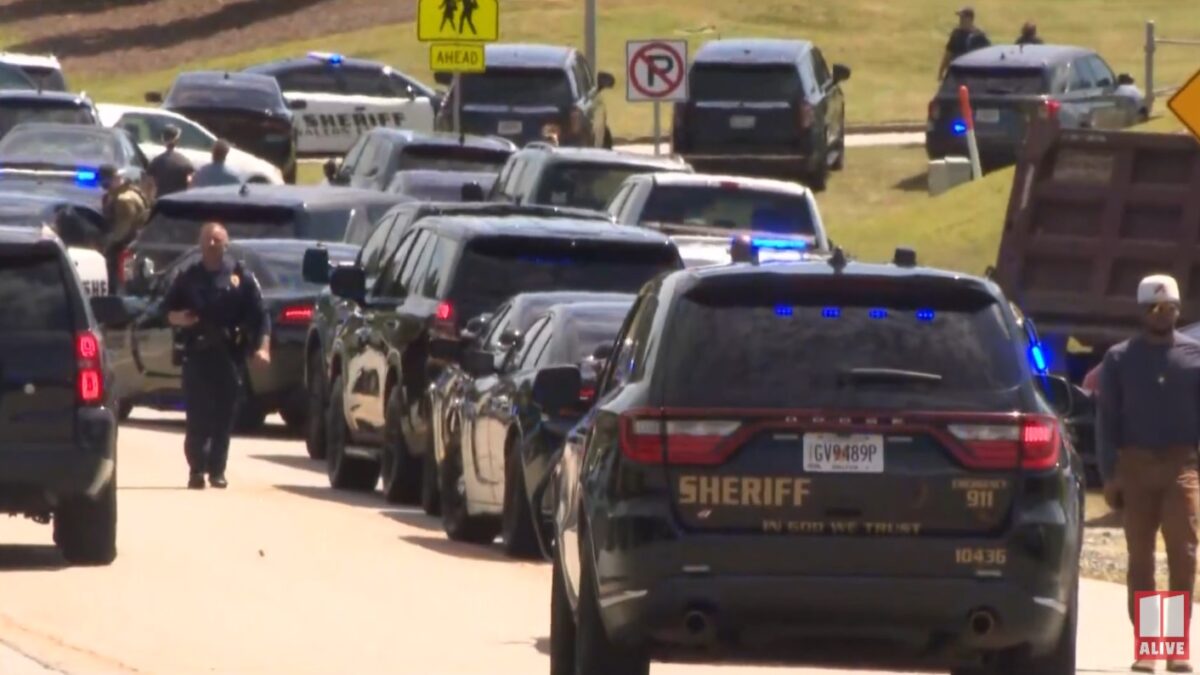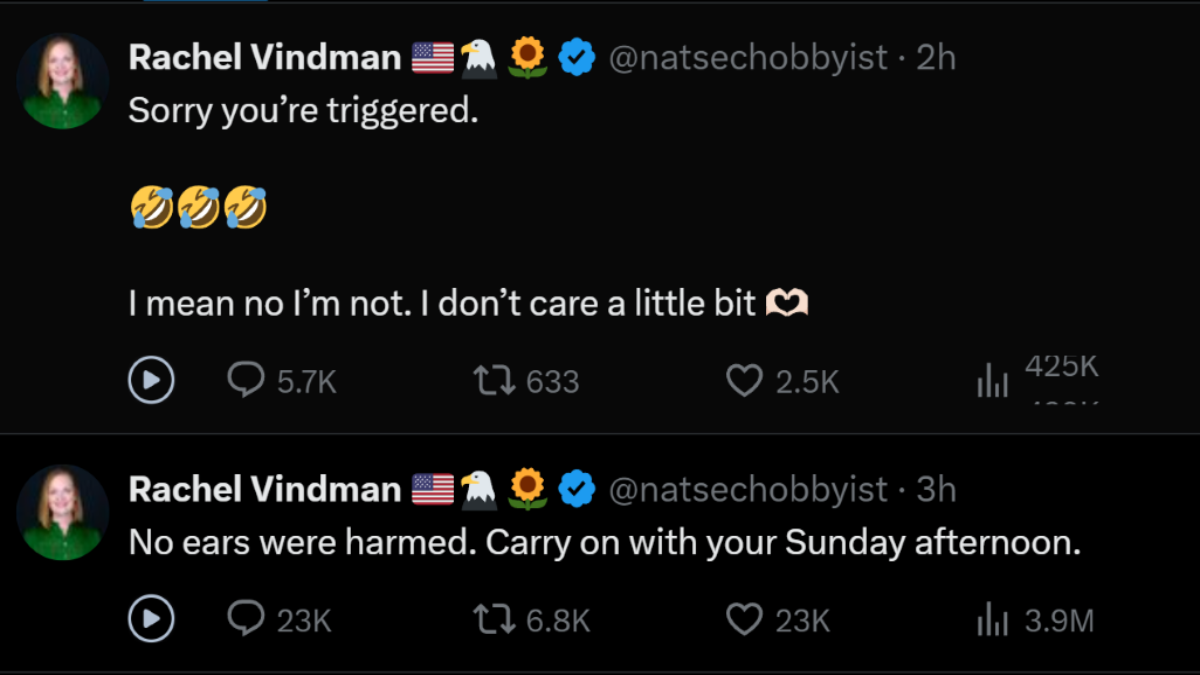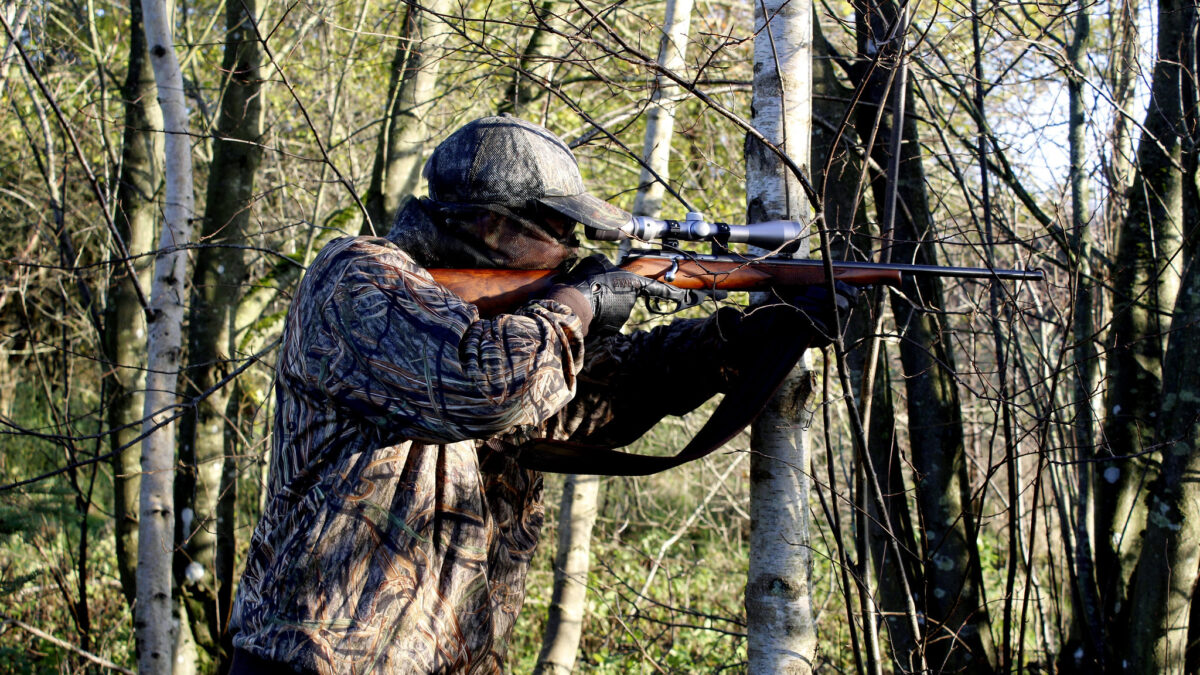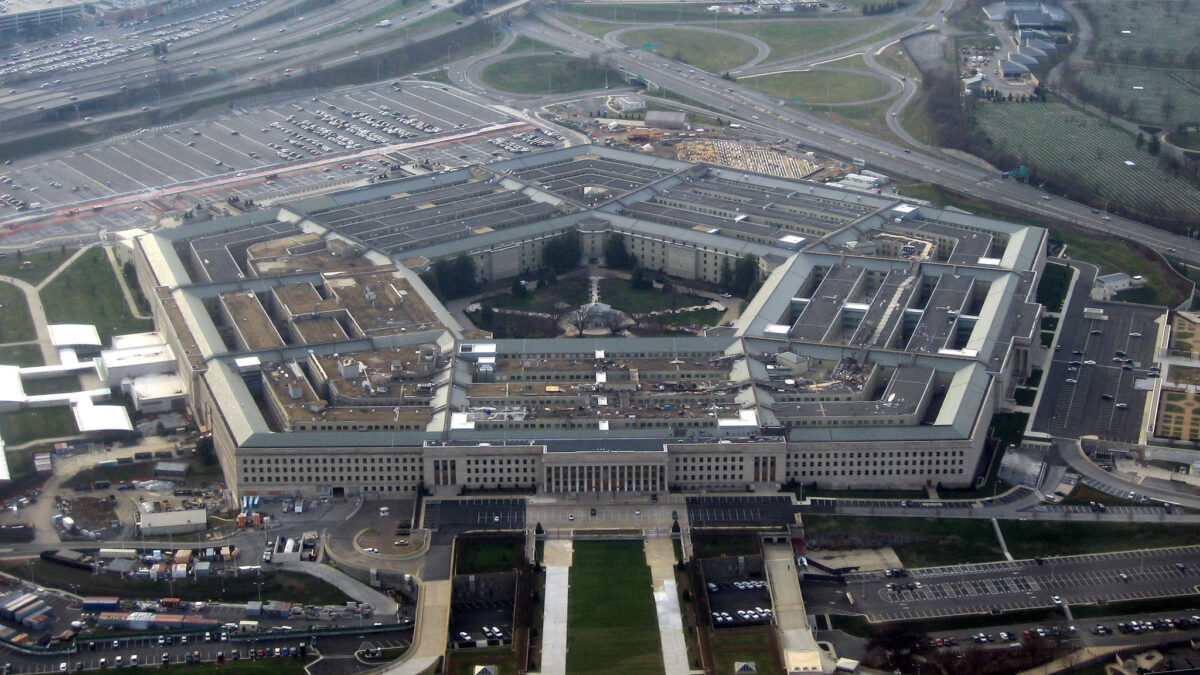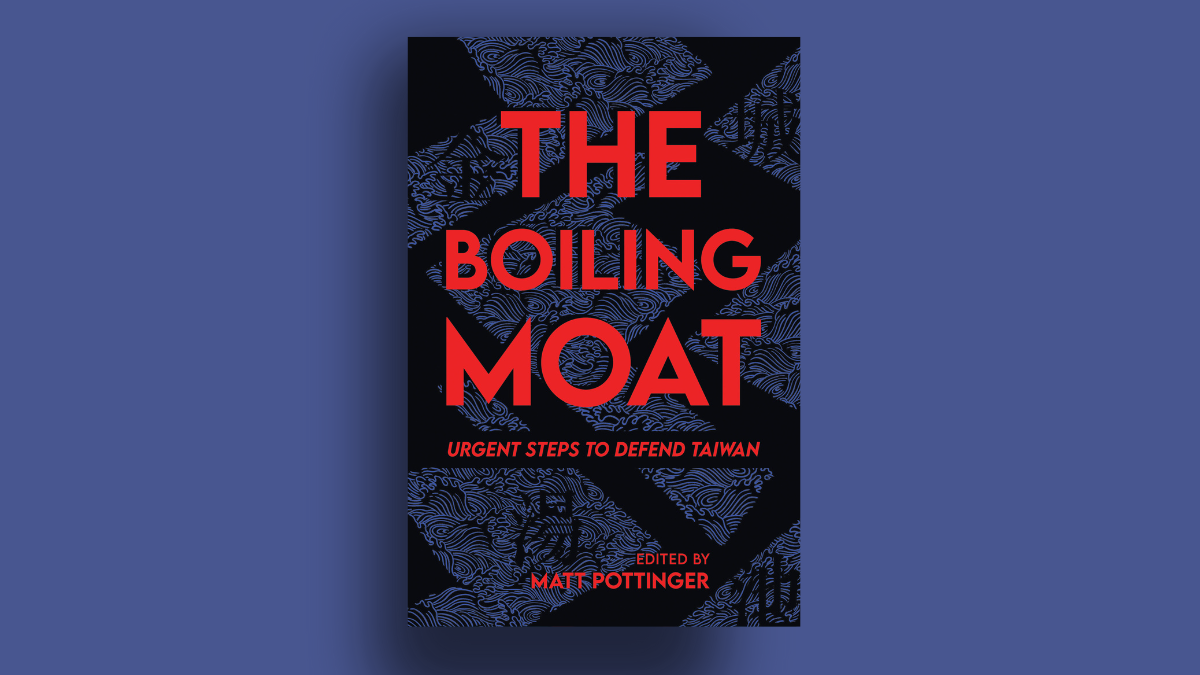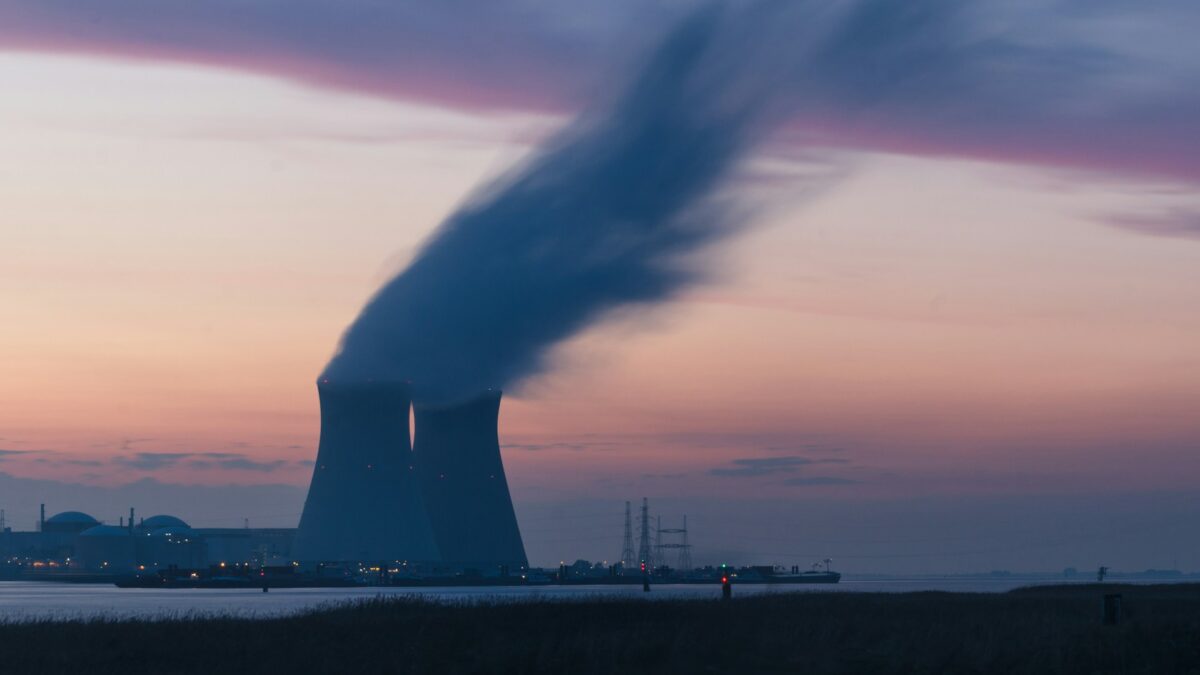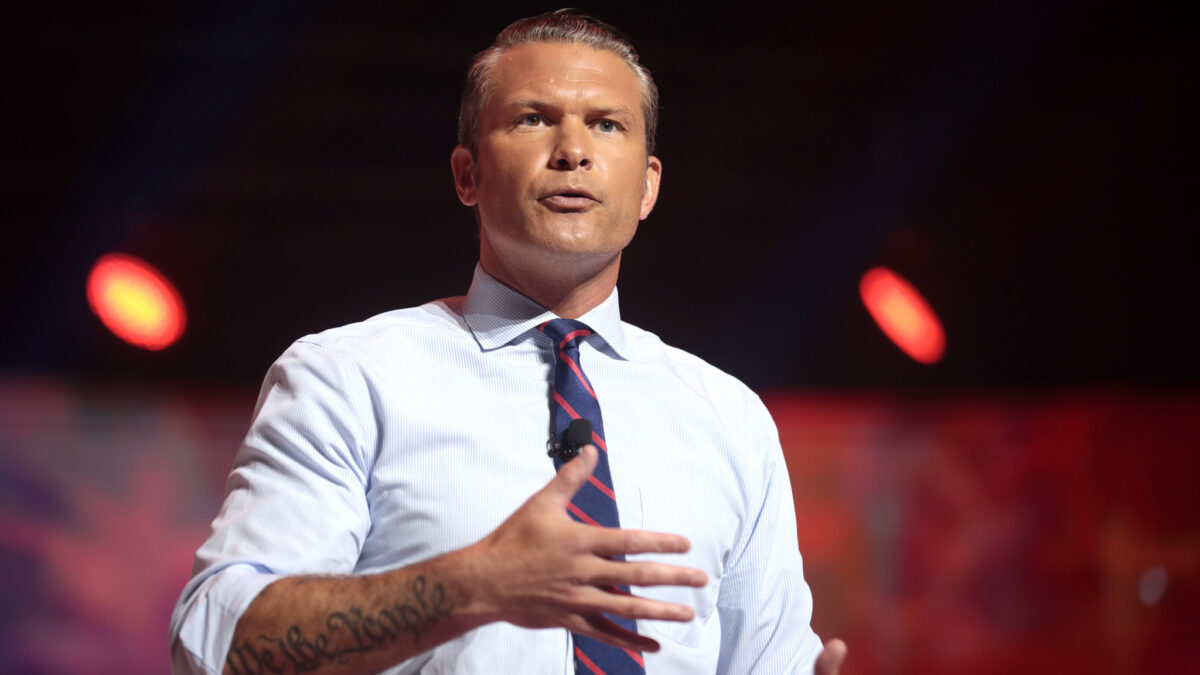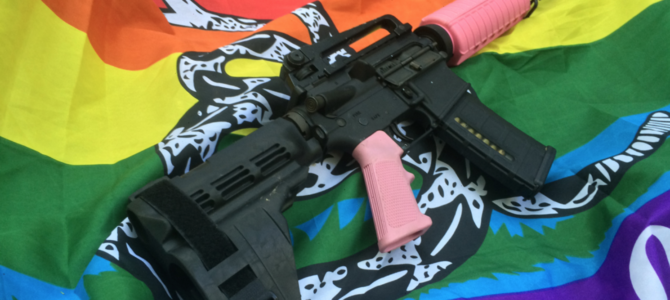
David Hogg, the anti-gun activist who attended Stoneman Douglas High School during the shooting in 2018, tweeted last week about “indigenous lgbtq women and non binary people” who he claims began the anti-gun movement he’s joined.
This is a tweet for for the founders of the gun violence prevention movement started centuries ago by almost entirely black, brown and indigenous lgbtq women and non binary people that never got on the news or in most history books.
We may not know all your names but thank you.
— David Hogg 🟧 (@davidhogg111) January 27, 2020
As the national coordinator for the Pink Pistols, the largest U.S. pro-queer gun group that was founded under the principle “Armed queers don’t get bashed,” I found Hogg’s statement not just wrong, but completely careless in its inaccuracy, and therefore callous to the injustice done to those people whom he is claiming to champion.
Hogg speaks of “centuries of gun violence prevention.” I have no idea how he arrived at this number, and I doubt anyone else does, either. If there is a history book that tells the story of how non-white queer women and transwomen started a gun control movement in 1820, then I would very much like to read it.
I specify the year 1820 because Hogg’s use of the plural for century indicates a minimum of 200 years, and the United States will be only 244 years old this July 4. In the 44-year period between 1776 and 1820, our country was nearly always at war, including the Revolutionary War, the Franco-American Naval War, the Barbary Wars, the War of 1812, and the Creek War. During that time our nation still relied upon militias composed of volunteers with privately owned rifles and pistols. So restricting arms only to those citizens who belonged to a standing army would not only have severely hampered a fledgling America’s struggle for existence both on home soil and abroad, but gun control as we know it today would have been an alien concept to American colonists and early citizens.
At that time, the British East India Company — a private company answerable to stockholders, not an organ of the British government — had the largest armed force in the world, consisting of multiple armies with cavalry and artillery assets, as well as fleets of heavily armed merchantmen supplemented with warships. Furthermore, the Constitution of the United States includes a framework for Congress to write letters of marque and reprisal, which granted private citizens the ability to hunt ships of hostile nations for the good of the country. These private citizens did this with privately held warships armed with naval-scale cannons.
Given just these two examples, it is clear the highest levels of military hardware were available to private owners, and that small arms — including those suitable for military use — were therefore ubiquitous. So ubiquitous were they that states and municipalities would fine able-bodied men for not having weapons or participating in militia musters. There were even laws fining people for traveling or attending church unarmed.
However, while the colonists and early citizens of the United States were well-armed and saw virtually no restrictions on what arms they could own or when they could carry or use them in a peaceful manner, this was not true for all inhabitants of the land. Many people of color were brought to this country as slaves, and as property, they had no rights. Furthermore, free persons of color and Native Americans were often prevented by law from owning firearms.
Such gun control as Hogg champions would have hurt those fighting slavery. Abolitionists were highly unpopular and threatened with violence or worse. Rev. Elijah Parish Lovejoy, publisher of the abolitionist newspaper The Saint Louis Observer, was murdered by a pro-slavery mob who shot him before destroying his new printing press. Members of the Underground Railroad needed to protect themselves from law enforcement and bounty hunters enforcing fugitive slave laws, and so were often armed. The most famous example of these is Harriet Tubman, who carried a pistol for self defense while escorting runaway slaves to freedom.
While the 14th Amendment eliminated some of this discrimination, many additional laws were passed to keep people of color, the poor, and other “undesirables” from owning or carrying arms as part of the many Jim Crow laws of the time. Some of these statutes have survived to the present day, such as the North Carolina Pistol Purchase Permit. It requires that an applicant be of “good moral character” despite the fact that “The term ‘good moral character’ is not defined in our statutes nor is there a case specifically on point as to what constitutes good moral character for purposes of a pistol purchase permit.”
Needless to say, being a person of color was ample reason to deny a permit under these circumstances. Most famously, in 1950 Dr. Martin Luther King, Jr, applied for an Alabama concealed-weapon permit after receiving death threats. He was, of course, denied. In the 1960s, California’s Mulford Act banned the open carry of firearms as a direct reaction to members of the Black Panthers patrolling minority neighborhoods while visibly armed.
More recently, 19 states maintained sodomy laws which, until their overturn by the Supreme Court in 2003, could mean the arrest and prosecution of people for “unethical sex acts,” i.e., consensual sex between queer people, the punishment for which would often be severe enough to make the convicted a person prohibited from owning firearms. Even today there is nothing to stop racist, sexist, or homophobic and transphobic police chiefs from denying people permits because of their race, religion, gender presentation, or sexuality in jurisdictions with may-issue gun laws.
Hogg’s ridiculous claims not only ignore history, but discount how all gun control disproportionately affects queer people and people of color. Or, put another way: Hogg isn’t just wrong, he’s fractally wrong: not merely wrong, but wrong on every scale, with pockets of small wrongness concealed within larger wrongness; wrong from any analytical viewpoint, with each piece self-similarly wrong.


